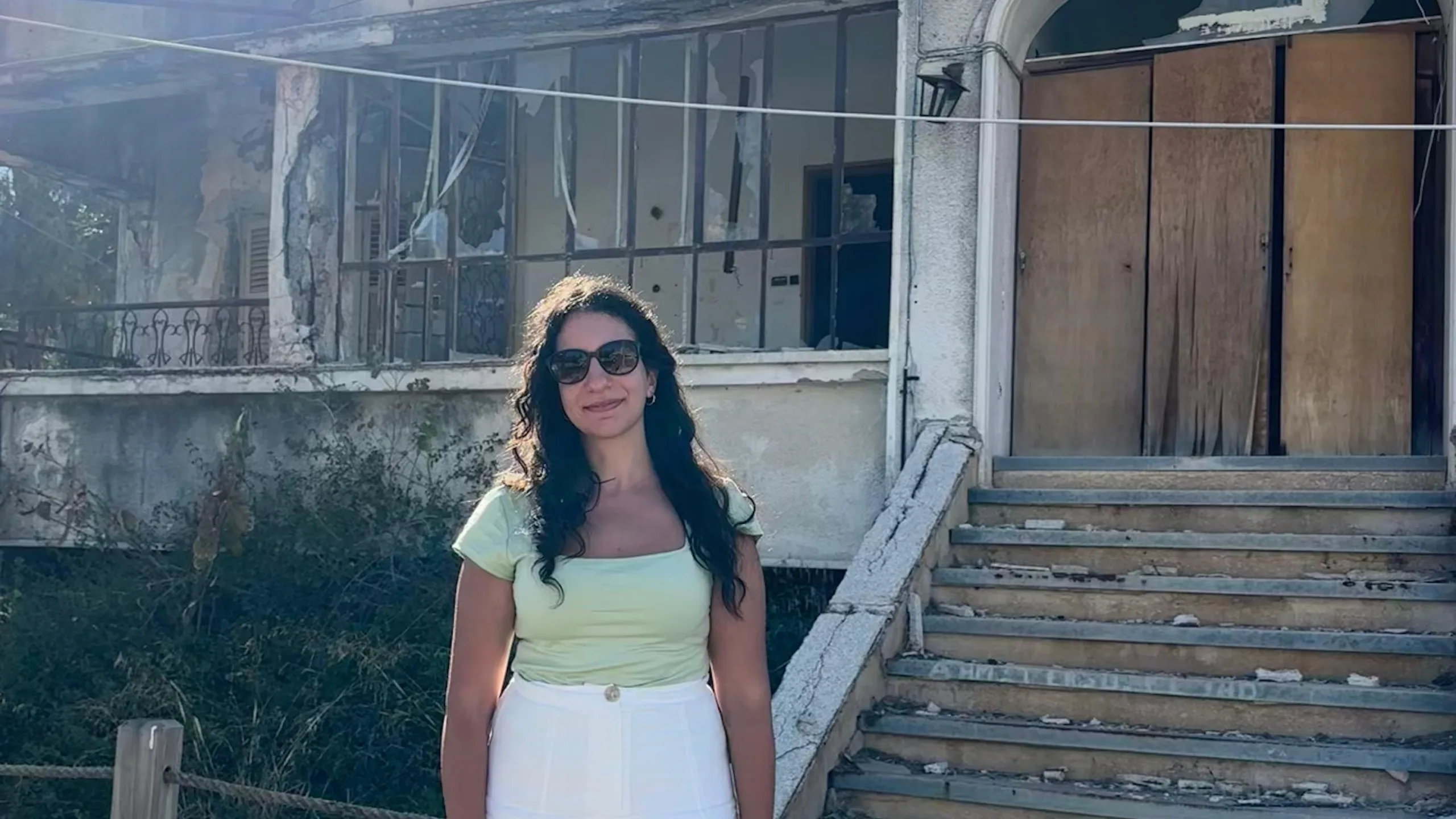The moment 27-year-old Georgia Georgiou handed over her Cypriot ID at the border checkpoint to cross into occupied northern Cyprus, she felt an ache she still struggles to describe.
“It was sickening,” she tells The Greek Herald.
“Handing over my Cypriot ID in most contexts is a throwaway act – but having to hand it over to an illegal occupier, whilst being surrounded by more Turkish flags than is necessary in any context… and a big sign with ‘Welcome to the Turkish Republic of Northern Cyprus’ hung overhead… just to cross into land that I have every right to go into by virtue of my heritage – is an injustice I can’t even put into words.”
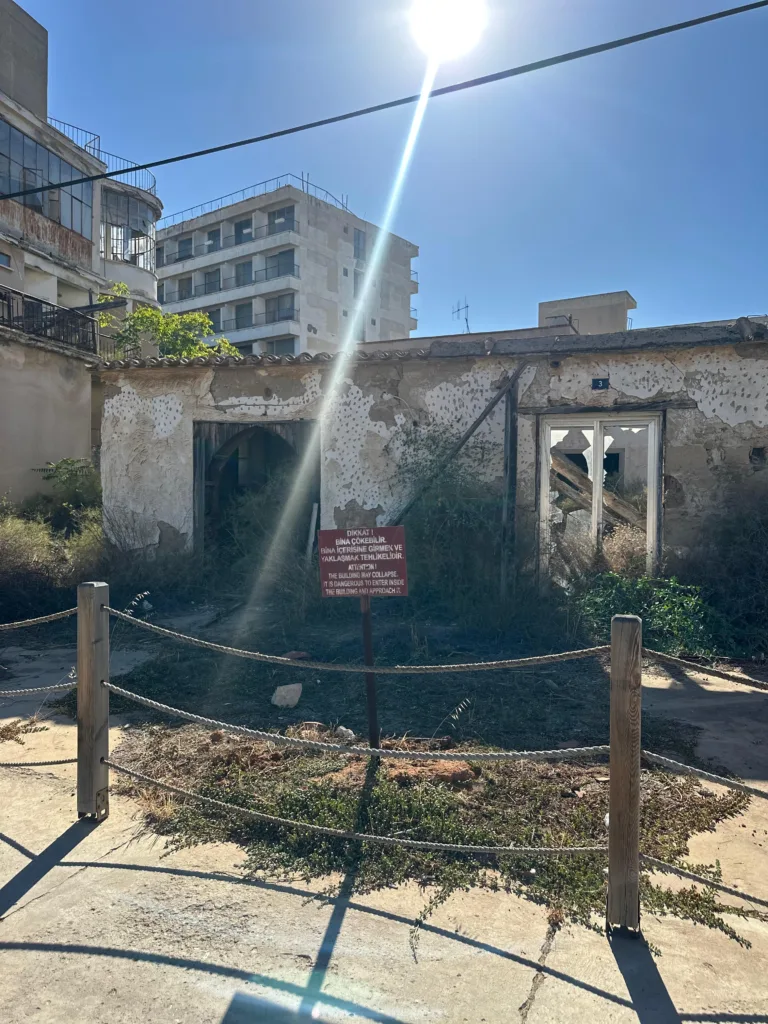
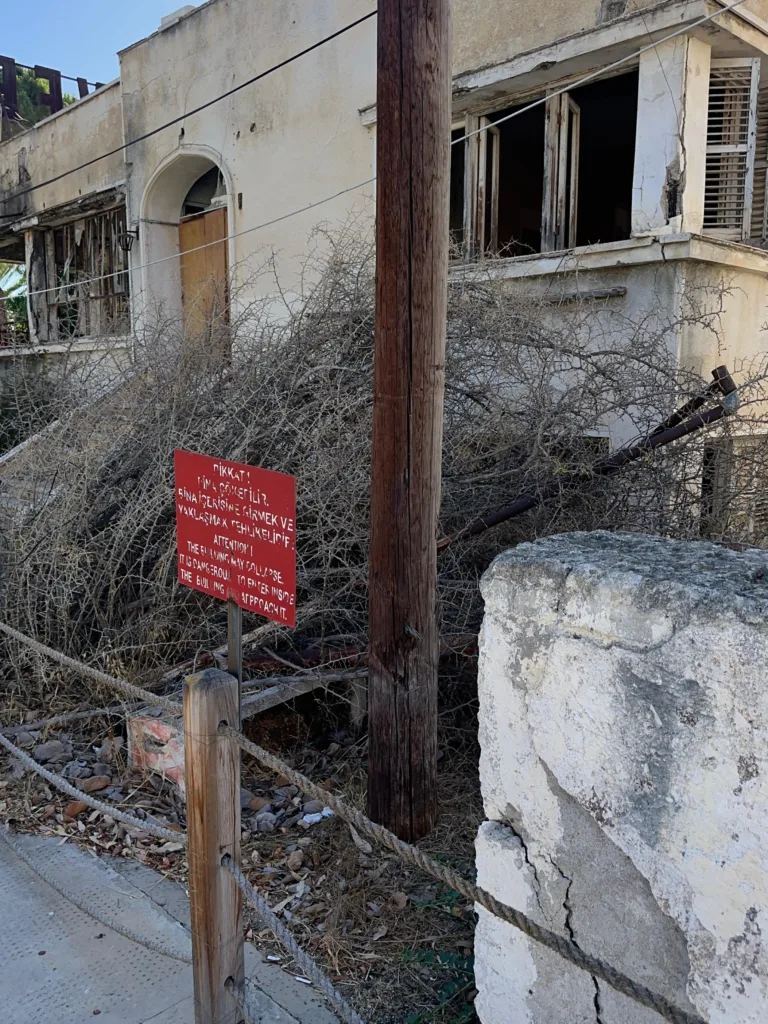
Georgia is a Greek Cypriot Australian, born and raised in Sydney, but her connection to Cyprus runs deep – through memory, blood and longing. Her paternal grandmother, Yiayia Niki, is from Trikomo in the now-occupied Ammochostos district. Her grandfather, Pappou George, from Pyla, a rare village split by the UN buffer zone.
Though both grandparents had migrated to Australia before 1974 and were not technically refugees, the trauma of the Turkish invasion still shadows their lives.
“My Yiayia lost her childhood home, her village, her memories, her family albums; she lost a whole piece of her personal history, which is something I can’t even begin to comprehend,” Georgia explains.
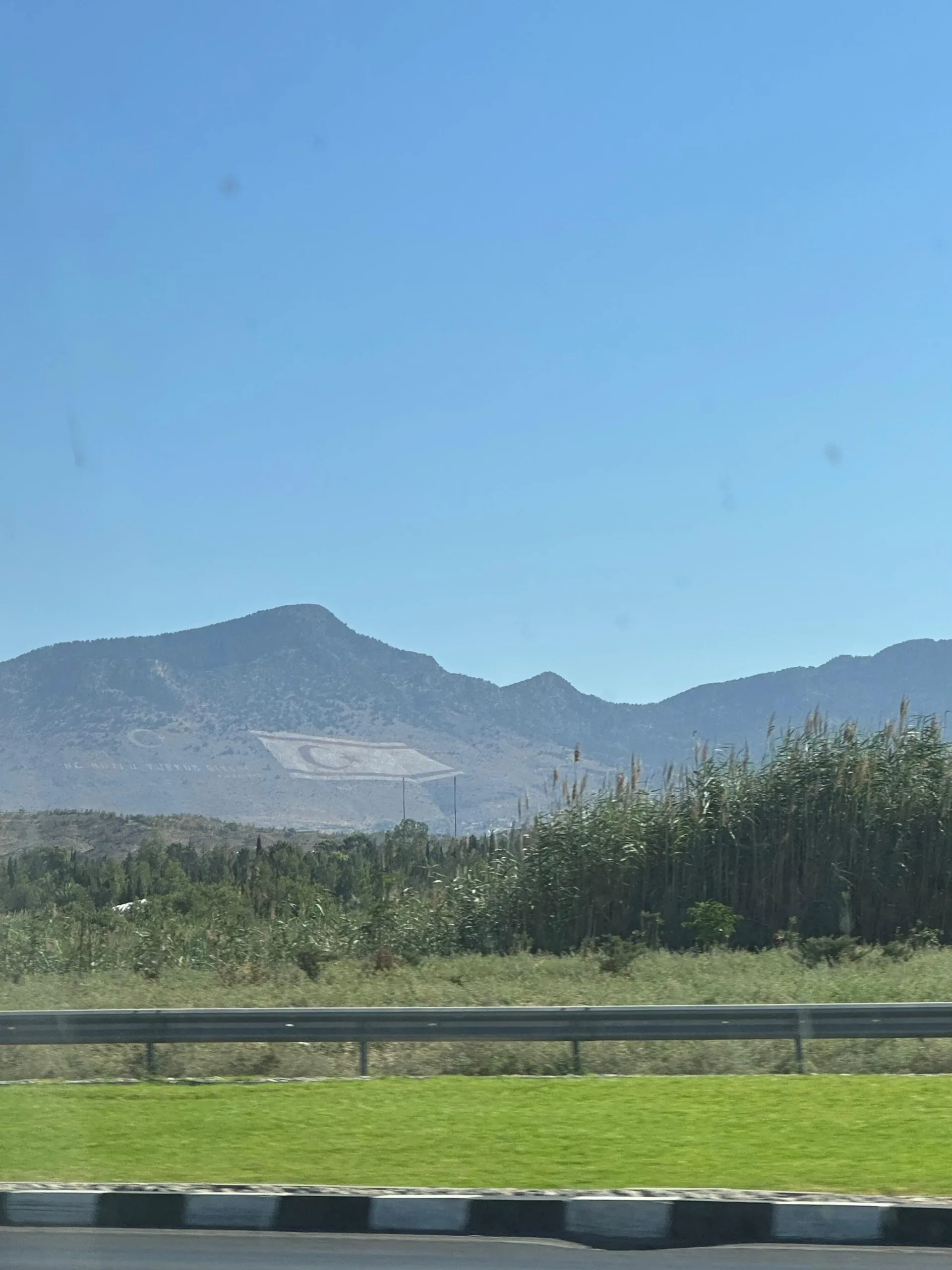
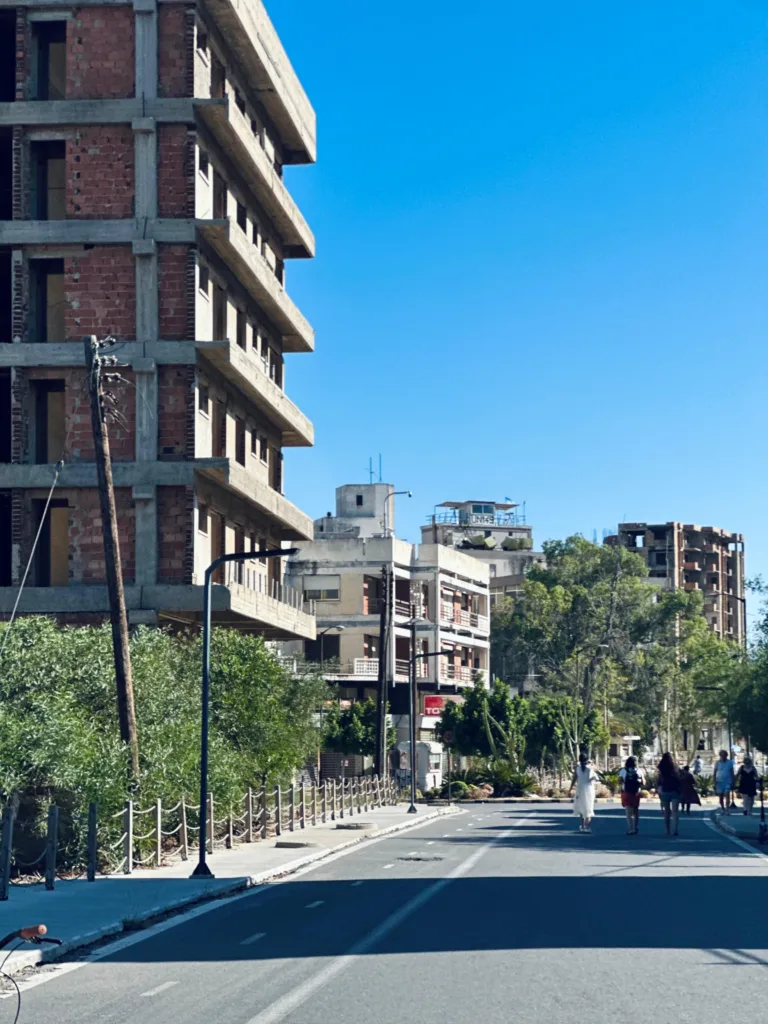
Now, when she visits Cyprus, she stays in the southern village of Drouseia, where her maternal grandparents, Yiayia Photini and Pappou Orestis, are from.
“When I’m there, my Yiayia Photini and Pappou Orestis tell me all of their stories, but also show me too – the paths they walked, the buildings that have changed, where they lived, where they went to school, where they went on picnics and excursions, where my mum was born, and so much more. I really value that, and it does really upset me that my Yiayia Niki can never show me these things in the same way,” she says.
This year, Georgia decided it was time. Time to cross the line she had always hesitated to confront. Not out of curiosity – but out of duty.
“I would never go on a tour,” she says firmly. “Because for me, the journey into the Katechomena [occupied north] is not – and can never be – an experience of ‘tourism’. Any tourism into the Katechomena is an affront to the fact that it is an illegal occupation. For me, this was a journey to parts of my history, land, faith and family that were taken away.”
Accompanied by cousins who live in Cyprus, Georgia made the trip north for the first time. But before crossing, they stopped at the Tomb of Makedonitissa – the military cemetery in Nicosia where the remains of soldiers who died defending Cyprus are buried, including those identified only recently through DNA testing.
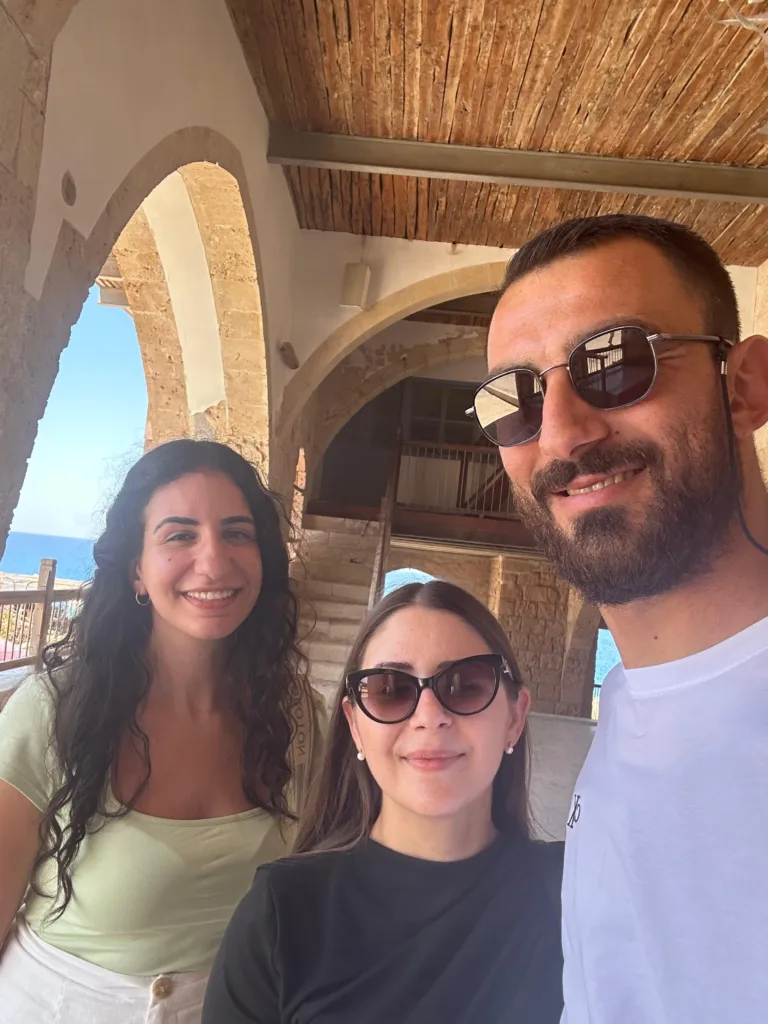
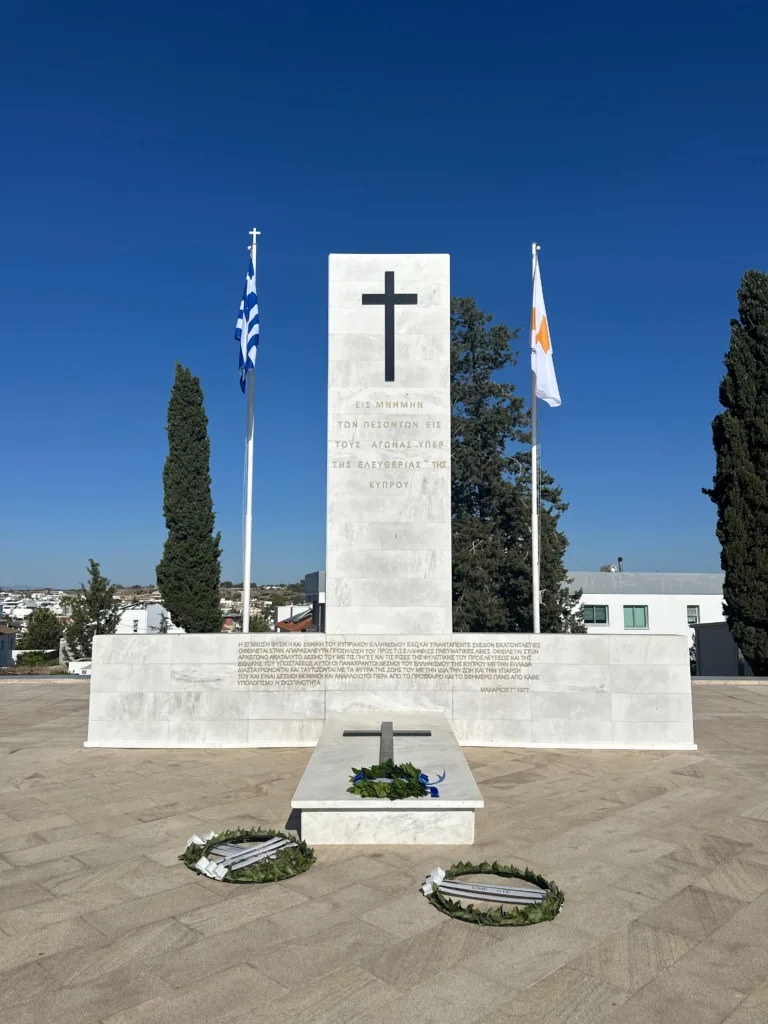
“I didn’t even know it existed,” Georgia admits.
“But it was a very fitting start to the journey. It nearly brought me to tears. It was very solemn and very confronting to face all the names and graves.
“There were fresh flowers on some graves, which really struck me. These aren’t ancient ancestors from a war fought long ago – this happened a little over 50 years ago. These were people with families, futures, photos, faith – people who are still being mourned to this day by their living relatives.”
Then came the crossing.
“I felt a depth of sorrow like I’ve never experienced before,” she says.
“It’s one thing to hear stories; it’s another to see the physical, tangible reality of those stories, because when you do, you can’t help but commemorate and mourn them. It was an incredibly confronting experience.”
Their first stop was Kyrenia Castle. For Georgia, it brought an immediate internal conflict: explore, or walk away?
“I hated the idea of handing over money to people who have no historical or legal claim to that land or piece of history – but I also knew it was important that I explore it,” she says.
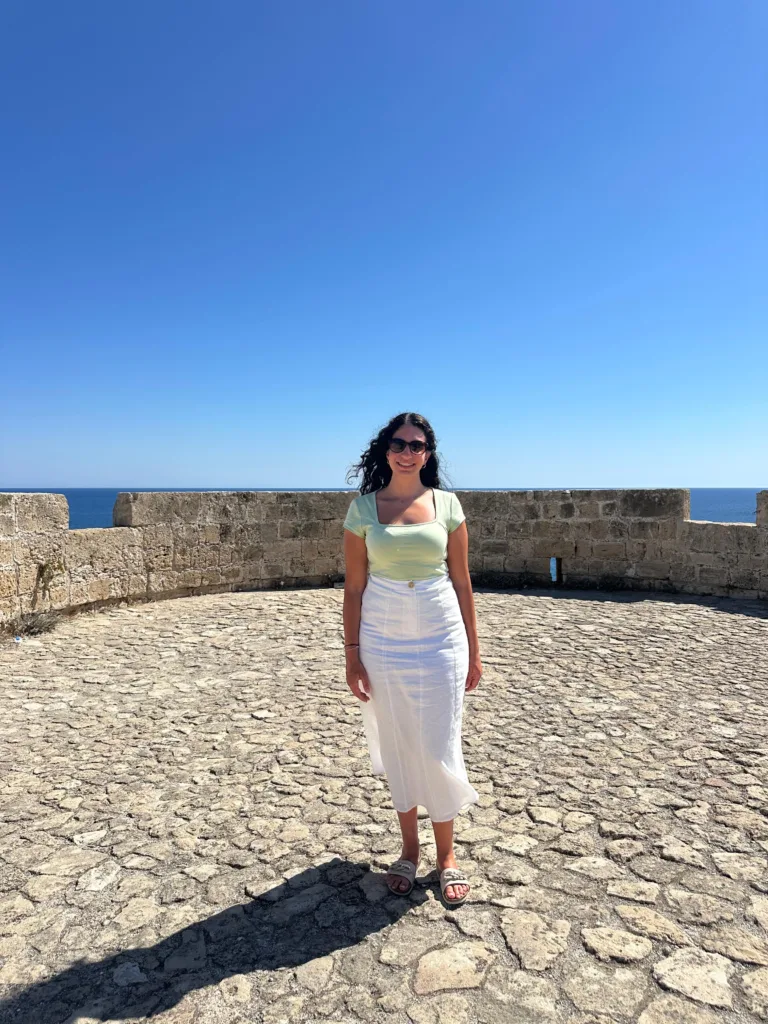
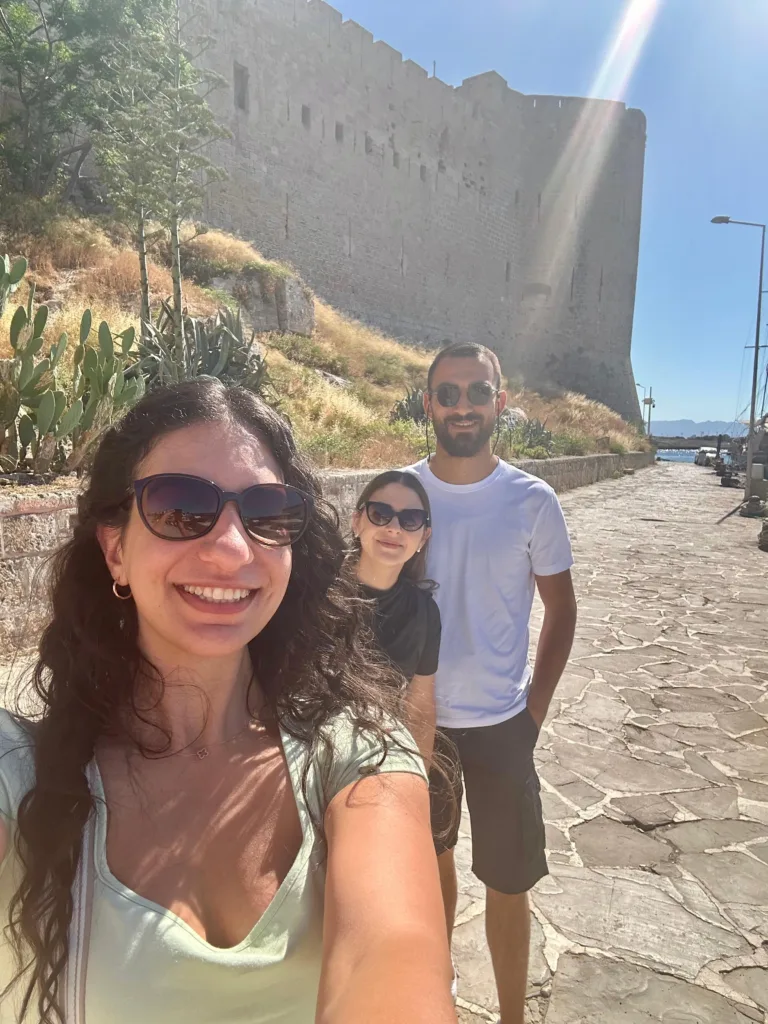
“One of the most historically significant items in the museum was an ancient Greek merchant ship, over 2,300 years old, recovered off the coast of Kyrenia… Every sign in the museum mentioned that the shipwreck told us about the lives of those who would have used the ship – not one sign mentioned who those people were.”
That erasure, she says, felt deliberate. “The exhibit was a textbook example of historical manipulation and propaganda – rewriting the narrative to suit a political agenda. As long as they’re profiting by selling us access to our own history, what do they care?”
For Georgia, this was more than just a political act – it was spiritual theft. A committed Orthodox Christian, her faith has always been a pillar of her identity. The next stop – Apostolos Andreas Monastery – was especially significant. Her mother was baptised there, at the very site where St Andrew was shipwrecked.
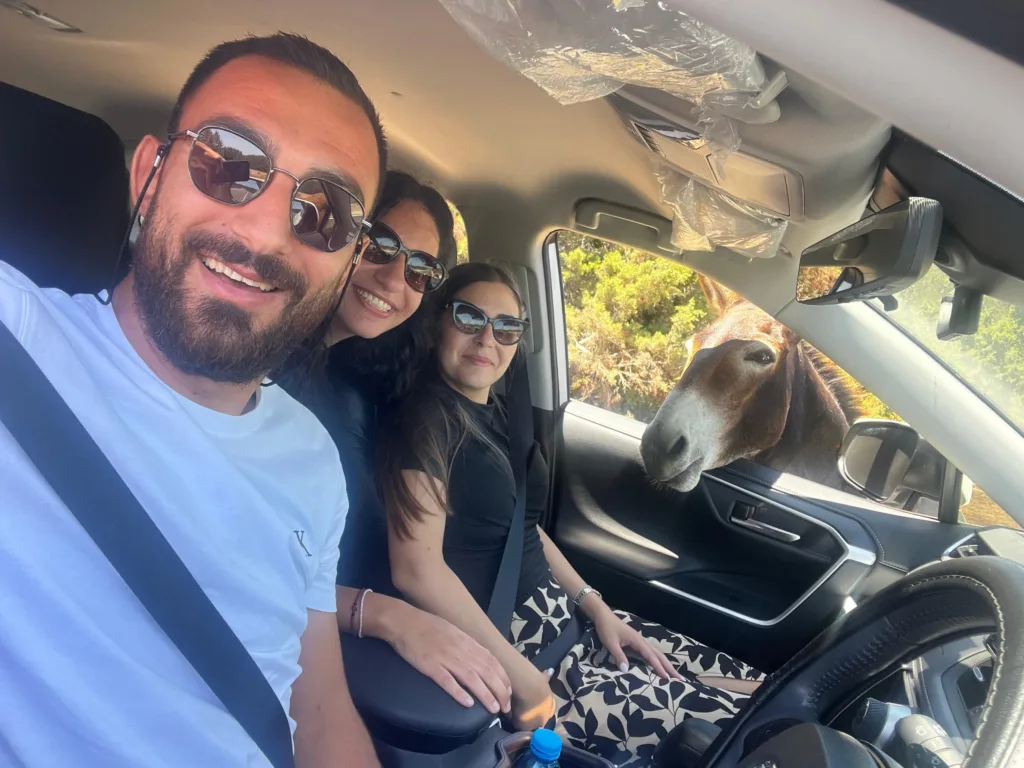
“I had always wanted to visit,” she says.
“Turkish stalls had been set up just outside, selling things to tourists, including icons – again, making a profit off a history, religion and culture that isn’t their own. This just felt so wrong.”
Inside, she asked a priest about the icons. “Apparently, during the invasion, they had been moved to safety so they wouldn’t be destroyed, as so many others had, and had recently been restored.”
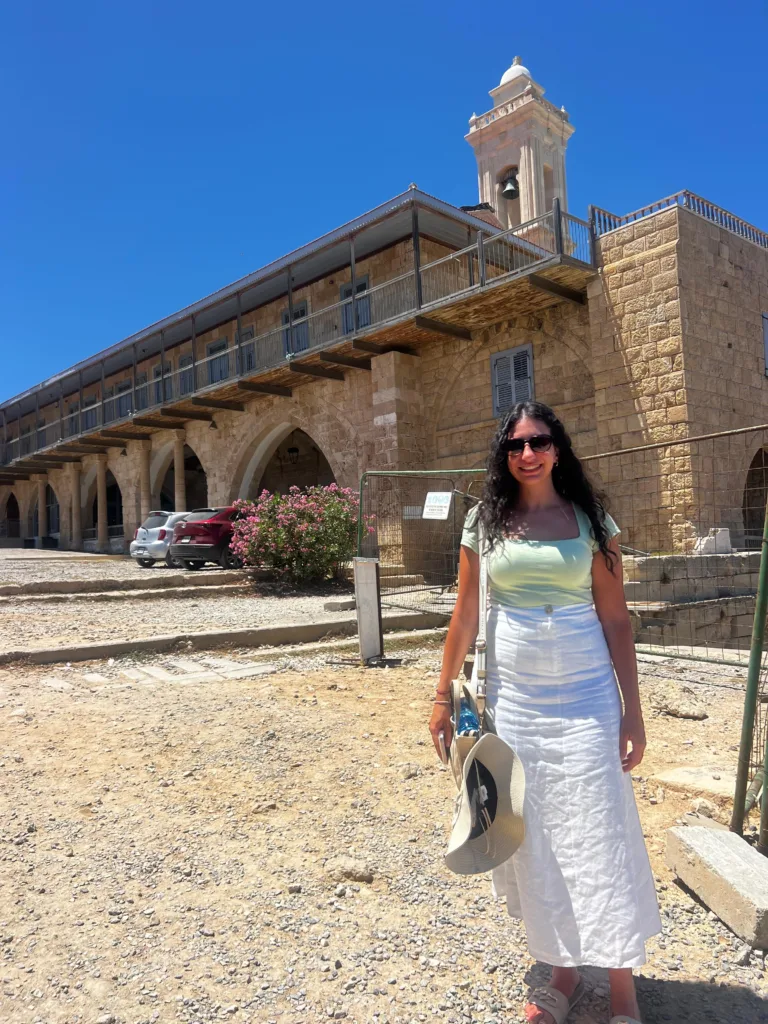
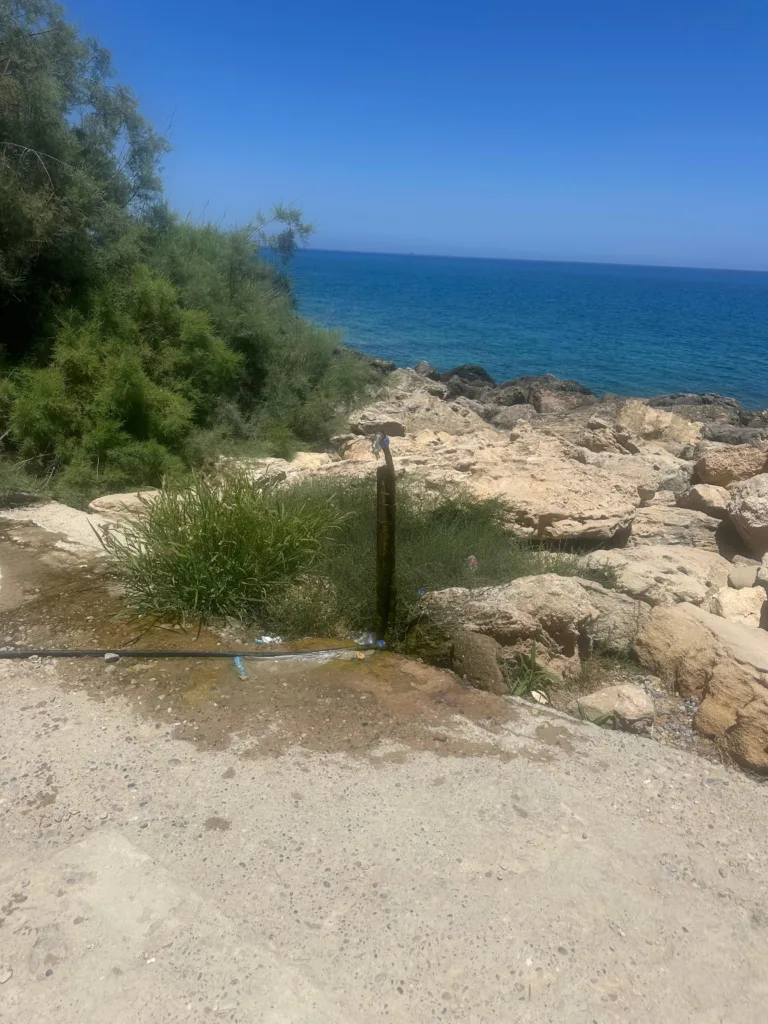
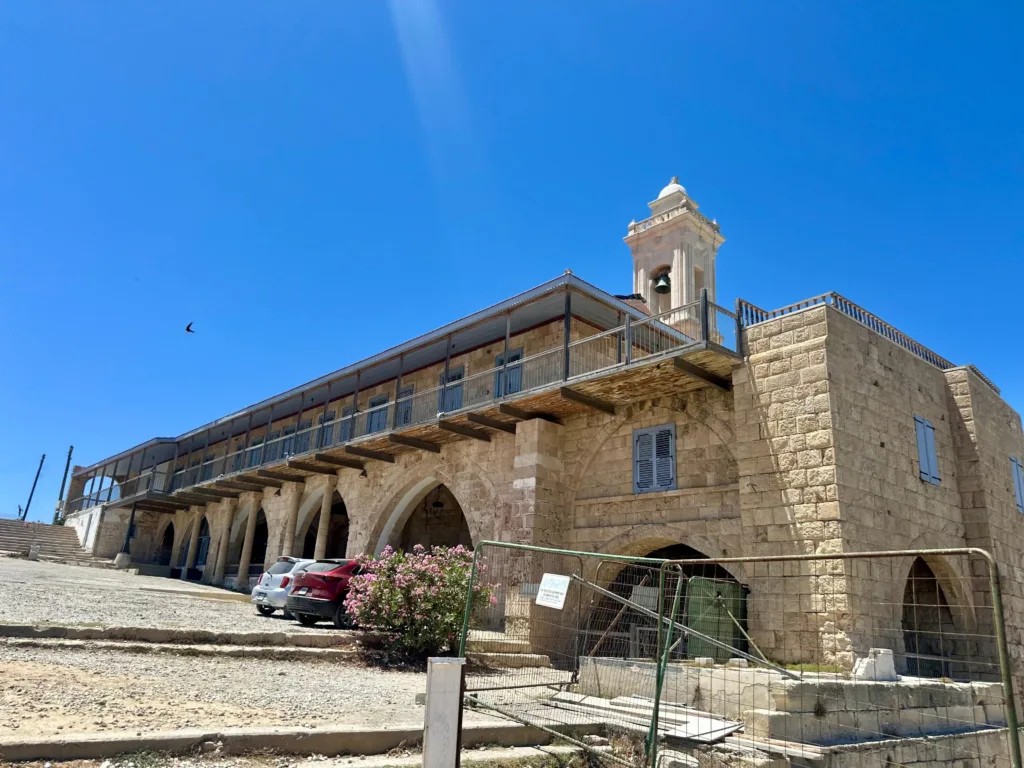
But the most personal moment came in Trikomo – her Yiayia’s village. Georgia had hoped to find her grandmother’s house, but nothing looked familiar.
“Everything had been renamed. Even when I typed ‘Trikomo’ into Google Maps, it autocorrected to the Turkish name. I stuck my phone out the car window and recorded everything, hoping that I might catch her house on video.”
Then, a miracle.
“We were trying to turn around so we could head to our next stop, when my cousin saw a church in the distance and said, ‘let’s go check it out.’ It was a church dedicated to St George,” Georgia explains.
“The crosses had been knocked off, and I translated the sign above the door to find out it had been turned into a folk dance group hall. I took a photo with it and sent it to my Yiayia, along with the video of the village.”
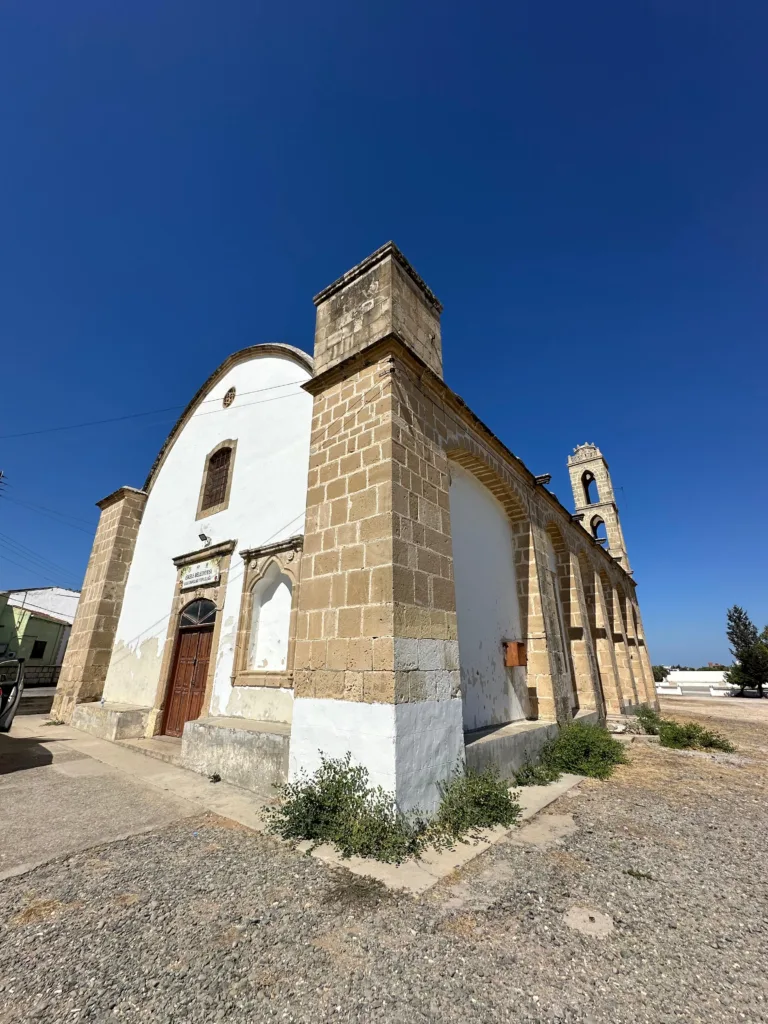
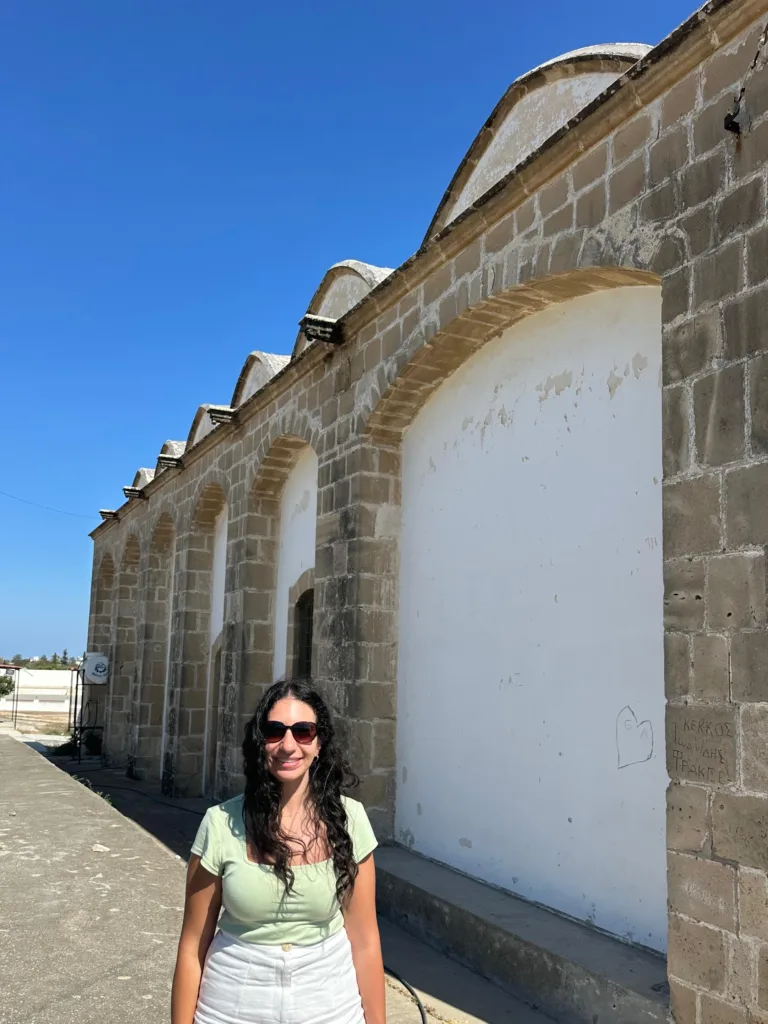
Her grandmother’s reaction surprised her. “She was actually really happy that at least one of her grandchildren had been able to see a part of her life – her church, her village, and she was very sure I’d gone past her house as well. It’s a part of her life that she can no longer visit, but which I can now carry with me. It was sobering but it meant a lot to me to be able to see this.”
The final stop was Varoshia. The ghost town.
“In 1974, as the Turkish invasion escalated, it was abandoned literally overnight,” Georgia says.
“Families took only what they could carry – half-eaten meals, clothes still drying, and lifetimes of memories left behind. Tourists, some still in their swimming costumes, grabbed passports and ran for their lives. Cars jammed the roads, sirens wailed, everyone heading south in a desperate bid to escape.
“For 50 years, people – including my relatives – have watched from a distance as their homes crumbled behind barbed wire in what is now Cyprus’ “Ghost Town”. In 2020, part of Varoshia was reopened – not to its rightful owners, but to tourists.”
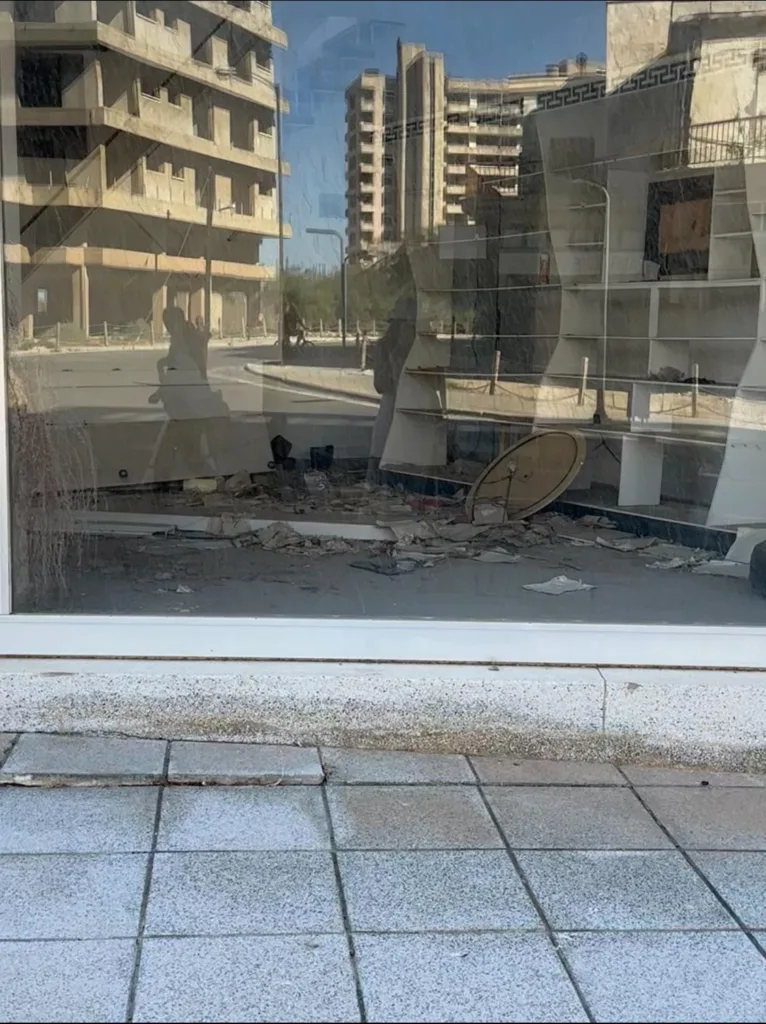
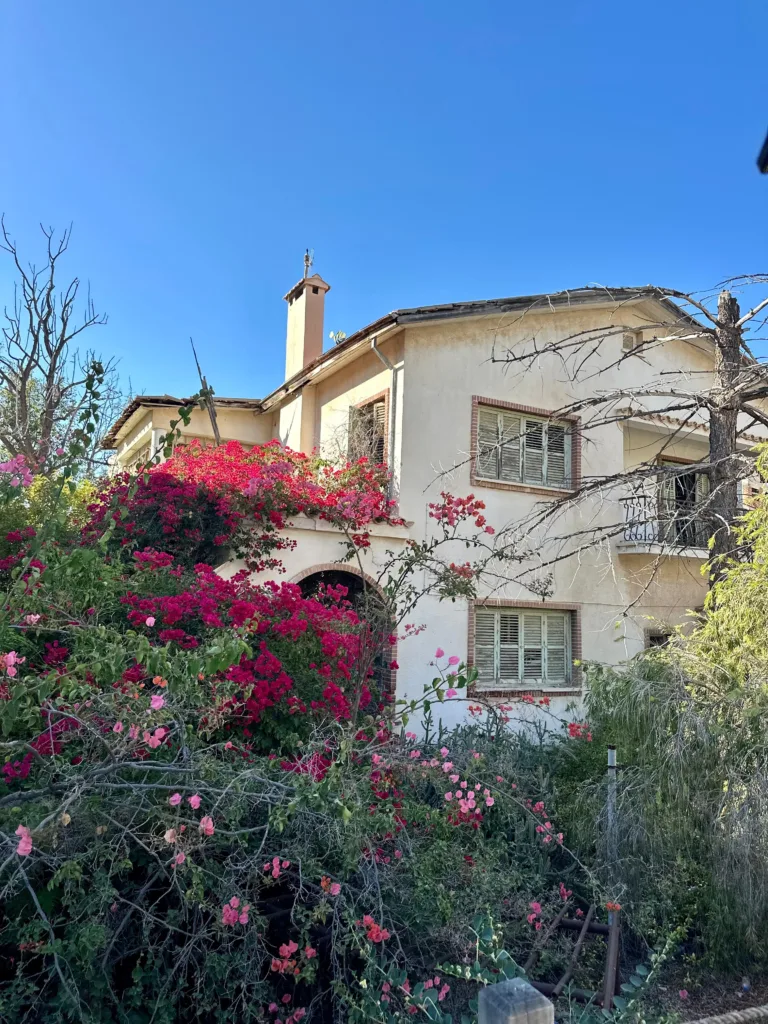
Georgia and her cousins walked through in silence. “The roads were paved, a boardwalk had been built, and the beach had been opened to the illegal occupants of the Katexomena.”
The drive out was even more harrowing.
“We drove along the perimeter of Varoshia. No one spoke for 15 or 20 minutes. I didn’t even take a photo or a video, which for me is unusual – I just couldn’t take my eyes off it. I couldn’t stop imagining what it must have felt like – for all Cypriots, including my own family – to have the island fall apart so suddenly,” she says.
For Georgia, the visit has changed her forever.
“This was my fourth time visiting Cyprus,” she says. “After visiting the occupied areas, even the familiar parts of Cyprus feel different now, because I have a deeper sense of the gravity of what was lost, and the sense of the injustice of it all has become much more visceral.”
She believes all young Greek Cypriots – especially those born abroad – should make the journey.
“It’s an experience you can’t forget. The stories that other people tell you can be forgotten, but personal experiences are a lot harder to forget,” Georgia says.
“Experiences can strengthen our understanding of what happened, and of the stories we have heard from the people who lived through the invasion. Our experiences also give us a stronger voice and inspiration to speak up – because it’s so important that we keep talking about what happened.”
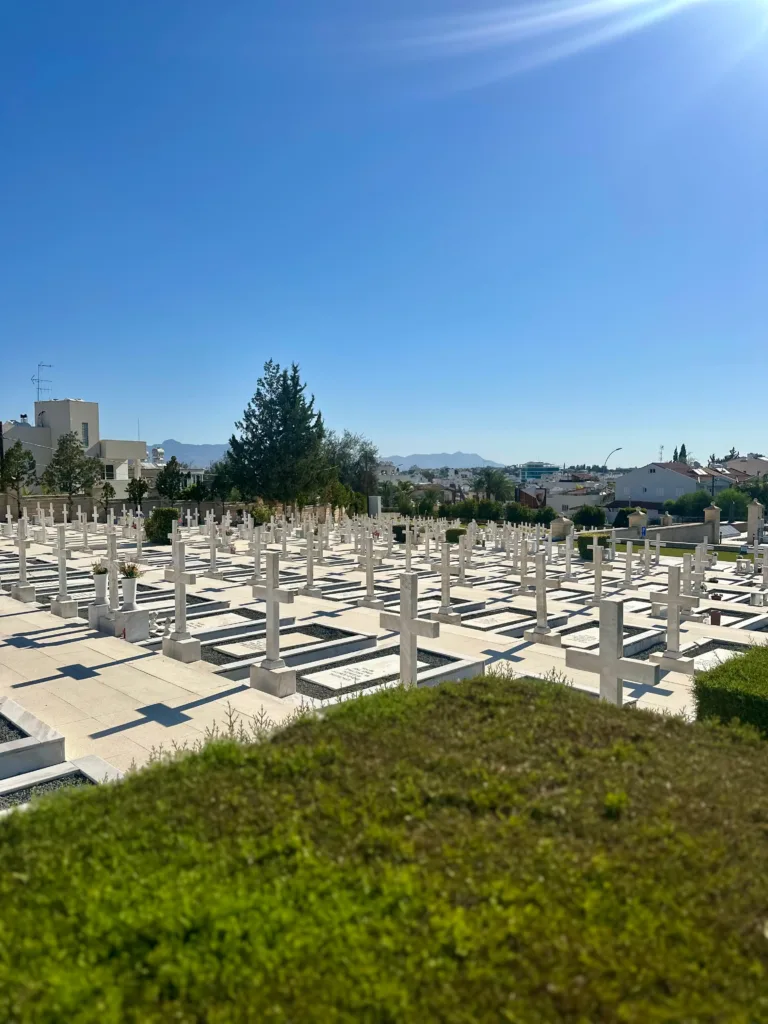
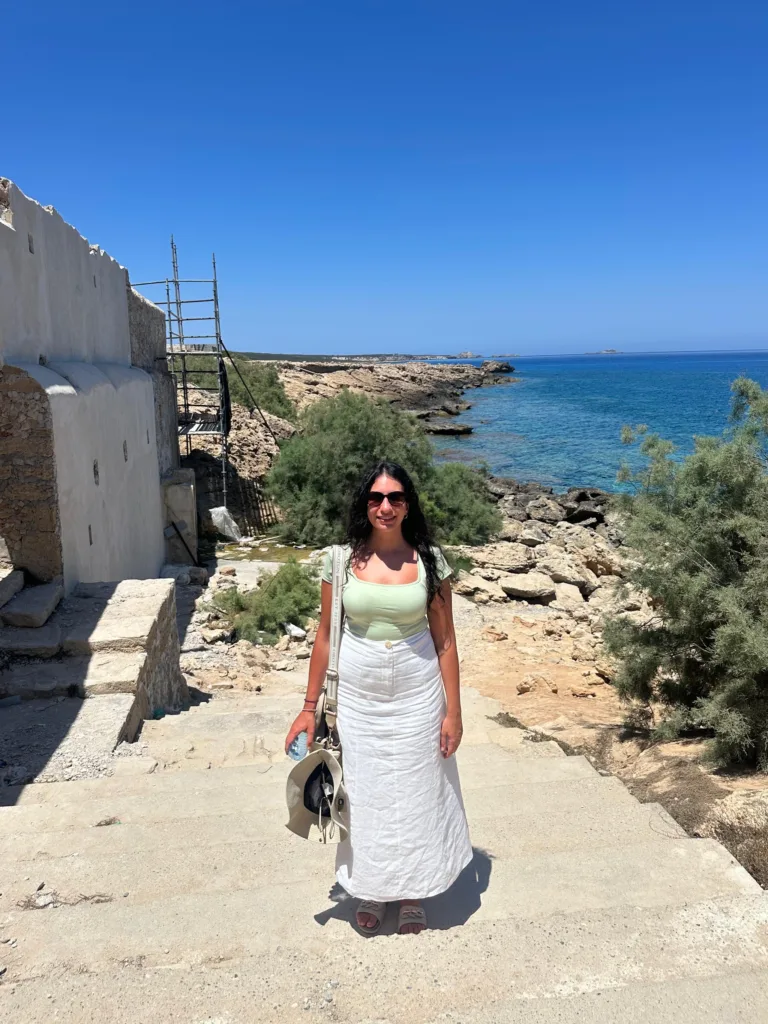
Georgia’s message to other young Cypriots is clear.
“Go now – while you still have your parents, your grandparents, your relatives. Go while you still have access to the people who lived through the stories – who can give you the oral histories, the firsthand memories, the stories that haven’t been written down,” she says.
“This is how we preserve our heritage and work against injustice. As young Cypriot Australians, we have a duty to continue the fight for justice for Cyprus – even in these small ways.”
Reflecting on her journey, she returns to a phrase heard so often in Cypriot communities, etched into monuments, whispered in prayers.
“Δεν ξεχνώ. I do not forget. Nobody should ever forget or allow what has happened to be forgotten. We have a duty to remember and to keep fighting for justice for Cyprus,” she concludes.
For Georgia, memory isn’t just a personal act. It’s a collective responsibility – and a form of resistance.
